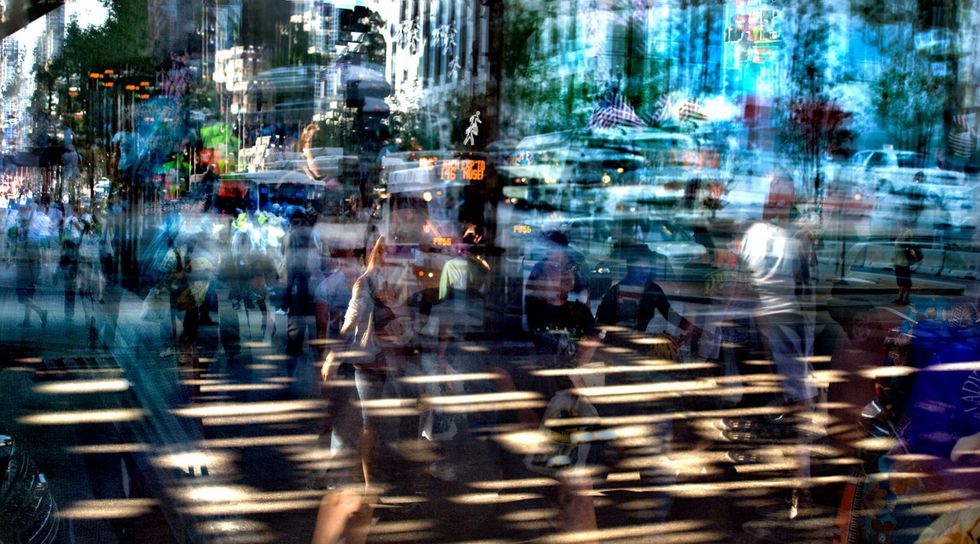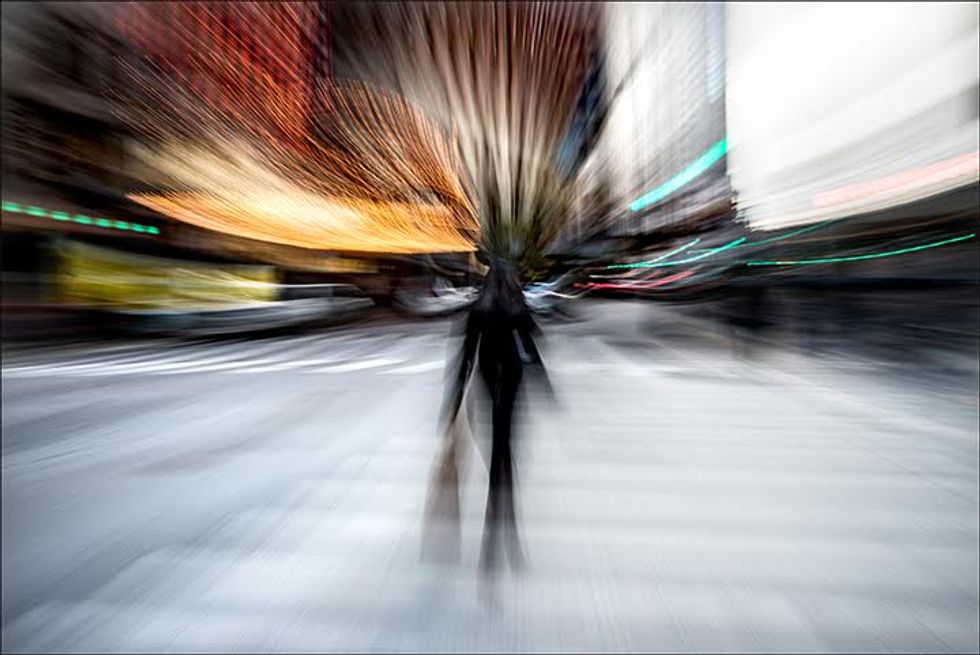Innovation comes from a break in tradition. Darryll Schiff does this by implementing new ideas into a traditional method of image-making -- photography.
Schiff has been a pioneer of experimental photography since his early works as a student of design, studying under his mentors Arthur Siegel, Joseph Jachna, Gary Winograd and Aron Siskind. Schiff’s works are characterized by an interest in contemplative moments, expressionistic abstraction and a unique broadening of what we know photography to be. Darryll Schiff uses his camera as a tool to compose stunning works of art much more reminiscent of a painting than a still record of time and space. Moving from experimentation to an established practice, Darryll Schiff positions himself as an impressionist of 21st-century photography.
The impressionists laid the groundwork for Darryll Schiff’s trajectory of photo-based works that challenge our notion of representational art in the 21st Century. Schiff explores the way a glimpse is more powerful than a focused rendering through works that depict a fleeting moment in time.
“For it is up to you and me
to take solace
in nostalgia's arms
and our ability
to create
the everlasting
from fleeting moments.”
― Sanober Khan, A touch, a tear, a tempest
Sanober Khan’s poem finds resonance in Schiff’s latest series, Rapture, which conveys the beauty reflected by the impermanent and ephemeral qualities of life.
Rapture captures figures with long exposure and intentional color vibrations achieved through light and selective focus which blends the edges of Schiff’s subjects and creates soft, shadowed lines. Light plays a crucial role in Schiff’s impressionist photo technique which emphasizes color over line. Schiff’s technique eliminates detail, and captures instead the unique essence of his subjects, whether it’s human, place, nature or thing.
Rapture, as a series, is an extension of the flâneur, or street photography, featuring chance encounters in the urban sphere. Framing and timing are key aspects of Schiff’s craft. Schiff’s subjects in this series are everyday people going about their lives, which requires a keen eye for time and place, lighting and behavior in those surrounding him. Rapture depicts a decisive or poignant moment in our times. Schiff captures individuals in complex moments of thought, enjoyment, and reflection as well as those who are completely absent minded, walking briskly through the rat-race portion of their days, reflecting the zeitgeist of our time. The work comes from an emotional place, an instinct that extends into a concept carried out in composition and style.
























